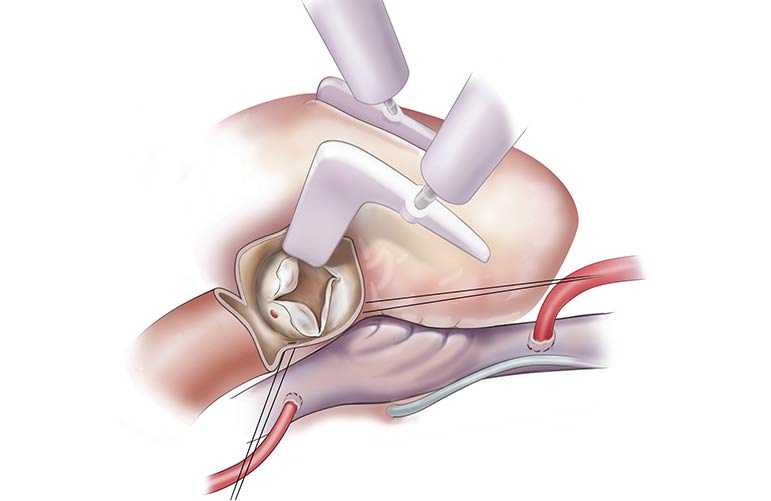
Septal Resection
In women with a septate uterus, hysteroscopic septum excision increases the chances of live birth. Worldwide, hysteroscopic septum excision in women of reproductive age with a septate uterus is performed to improve reproductive outcomes.
There is currently no evidence to support the procedure in these ladies. Preliminary randomized controlled trials are critical. Two preliminary rounds are now underway.
The major surgical method used to treat a vaginal septum is vaginal septum resection. Resection is the surgical removal of anything from the body. It refers to the removal of a septum, which is a tissue partition that arises as the fetus develops inside the mother's womb.
Because the septum can interfere with menstruation, sexual function, and childbirth, it is frequently removed. The time of surgery is determined by the symptoms and features of the septum. Before conducting the procedure, your doctor will usually need to perform a pelvic examination, pelvic imaging with ultrasound, and magnetic resonant imaging (MRI). Vaginal septum is a rare congenital disorder, which means it was present at birth.
Vaginal septa types and treatments:
- There are three varieties of vaginal septa, each with its own set of therapeutic options.
- The vaginal septum runs longitudinally.
- The vagina is divided into two canals by a longitudinal vaginal septum. To rectify this, surgeons must perform a vaginal septum resection, in which the septal tissue is surgically removed to produce a single vaginal canal.
Vaginal septum transverse
Before considering vaginal septum excision, it is vital that your doctor thoroughly knows the characteristics of a transverse vaginal septum. Menstrual blockage caused by a full transverse vaginal septum will necessitate surgery. A menstrual obstruction occurs when the septum blocks the flow of menses that occurs during a woman's monthly period. However, before choosing the treatment, it is critical to evaluate the patient's age and maturity.
Before arranging surgery to repair the septum, your doctor may recommend draining the obstructed menstruation or lowering hormones with medication to reduce menstruation during periods. The purpose of these first treatments is to postpone vaginal septum excision for young patients who are not yet ready for surgery and post-operative care.
